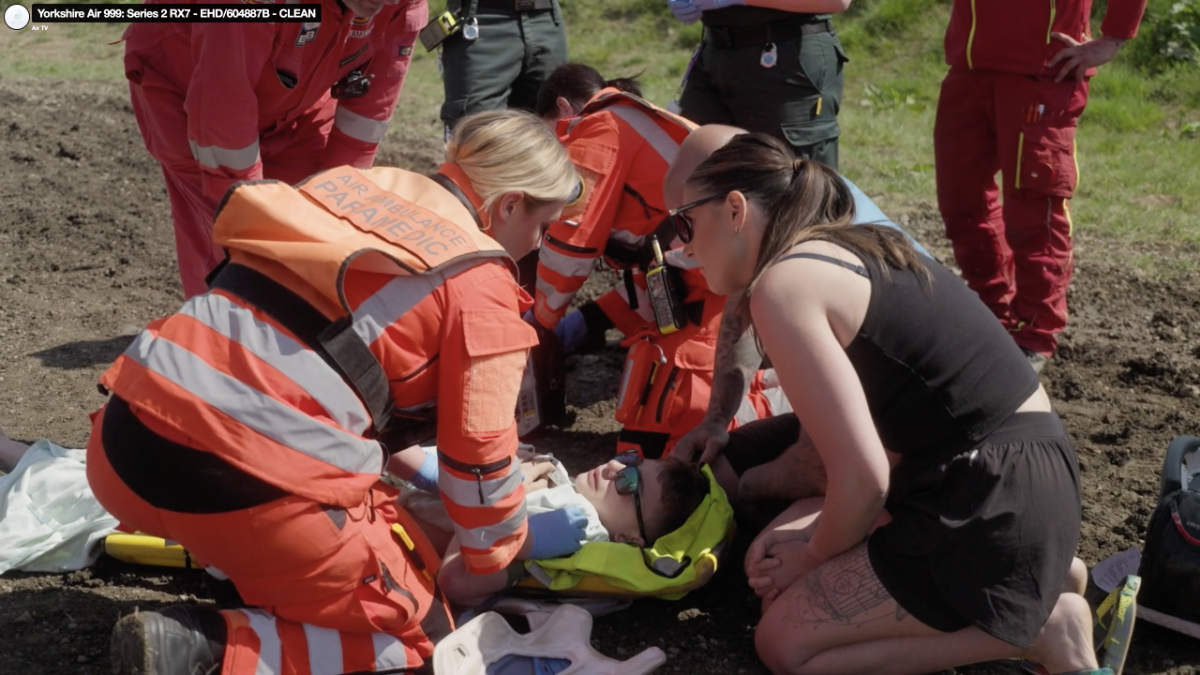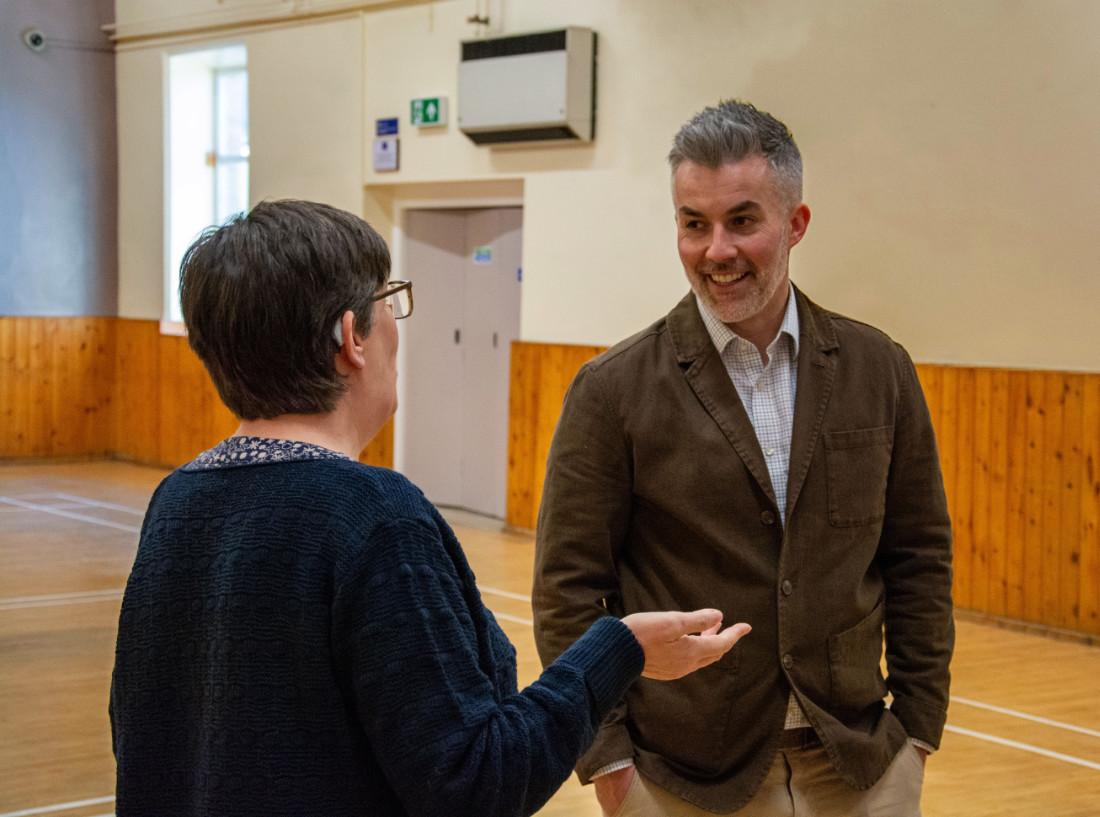- Across the region 31 per cent of children (0.4 million) are living in poverty.
- Rise in child poverty rate across the region with three percentage point increase between 2014/15 to 2021/22.
- Rising number of children experiencing poverty are in working households.
- Children with disabilities and from Black or minoritised ethnic communities are disproportionately affected by poverty.
- The End Child Poverty Coalition calls for the scrapping of two-child limit for those claiming Universal Credit.
The End Child Poverty Coalition launched their annual figures mapping child poverty across the UK, factoring in the devastating effect of housing costs on families in Yorkshire and Humber. The new figures show that since 2014/15, child poverty in the Yorkshire and Humber region has risen by three percentage points, higher than the national average rise of one percentage point during the same period.
Government data estimate that 31 per cent of children in Yorkshire and Humber are living in poverty – higher than the national average of 29 per cent (of all dependent children aged 0-19).
The long term trend of children in poverty across the region remains high, but the new research, carried out by Loughborough University on behalf of the Coalition shows that parts of the region fair particularly badly. Those parts with the highest percentage point rise in children living in poverty between 2014/15 and 2021/22 include:
- Bradford with 39.3 per cent of children living in poverty – a rise of 9.2 percentage points
- Kingston Upon Hull with 35.2 per cent of children living in poverty – a rise of 5.0 percentage points
- Kirklees with 33.7 per cent of children living in poverty – a rise of 3.8 percentage points
- Sheffield with 33.0% of children living in poverty – a rise of 3.1 percentage points
- Leeds with 31.3% of children living in poverty – a rise of 2.7 percentage points
MORE CHILDREN IN POVERTY THAN EVER LIVE IN WORKING HOUSEHOLDS
The removal of financial support provided during the pandemic has driven up the number of children experiencing poverty in the region, with an increasing number living in working households. According to new analysis of child poverty figures, some 65.6 per cent of them live in households with at least one adult working. This is particularly hard on lone parents and their children as they make up almost half (47 per cent) of children living in poverty in Yorkshire and Humber. Lone parents are by definition single-earner households, and therefore have less scope to increase their income.
CHILDREN WITH DISABILITIES AND FROM BLACK OR MINORITISED ETHNIC COMMUNITIES ARE DISPROPORTIONATELY AFFECTED BY POVERTY
There is a clear correlation between children in receipt of disability living allowance and the rate of child poverty. Today’s findings show the Yorkshire and Humber region to have an estimated child poverty rate of 33.3 per cent among children with a disability.
Children from Black or minoritised ethnic communities are more at risk of experiencing poverty than those with white ethnicity. In Yorkshire and Humber the child poverty rate is 57 per cent for children from a minority ethnic group compared to 25 per cent of those with white ethnicity. By contrast, London has a lower child poverty rate of 46 per cent for children from a minority ethnic group, despite being a region with higher ethnic diversity.
Paul Maher, Director of Strategic Partnerships & Alliances at The Children’s Society, said:
Today’s alarming data reveals a distressing surge in child poverty throughout Yorkshire and Humber, with some areas hit particularly hard. Through our services, we see the debilitating effects of poverty on children’s health and wellbeing with even more of our young people denied the basic necessities of food and clothing. This crisis disproportionately impacts children from minoritised communities and those with disabilities.
These figures are a stark warning to government that they are failing children and more must be done to support families. Children and young people have already borne the brunt of the pandemic and more recently, the cost of living crisis, yet these figures indicate a long-term rise in child poverty. It is also clear with so many working families being in poverty that work is not providing an avenue out of financial hardship.
Without immediate government intervention, this trend will continue to worsen and more children will miss out. Each child deserves a fair shot at success, a reality only possible with substantial overhauls to our social security system. A good place to start would be increasing child benefits and eliminating the two-child limit.
Joseph Howes, Chair of the End Child Poverty Coalition, said:
The pandemic and cost of living crisis have meant more and more children are having to go without food and a warm home. These statistics show that the trends in child poverty are particularly worrying in parts of the UK such as the North East and Midlands.
There is one policy change that we know would make a direct and immediate difference, and that is to scrap the two-child limit for those claiming Universal Credit. The policy is unfair in the indiscriminate impact it has on children, and there is no evidence it has achieved its aims. Abolishing the two-child limit would immediately lift 250,000 children out of poverty, and the government could make this change now.
We were encouraged to hear in January that the Labour Party is reviewing the policy, yet they must commit to scrapping it altogether ahead of the next election if they are to successfully deliver on their commitment to lead an assault on child poverty.







